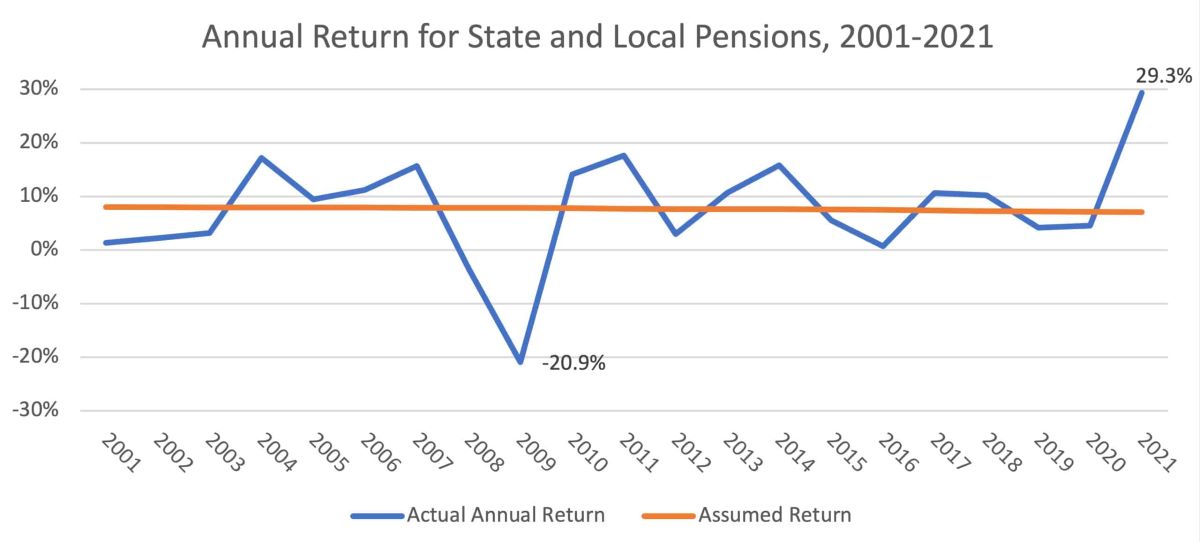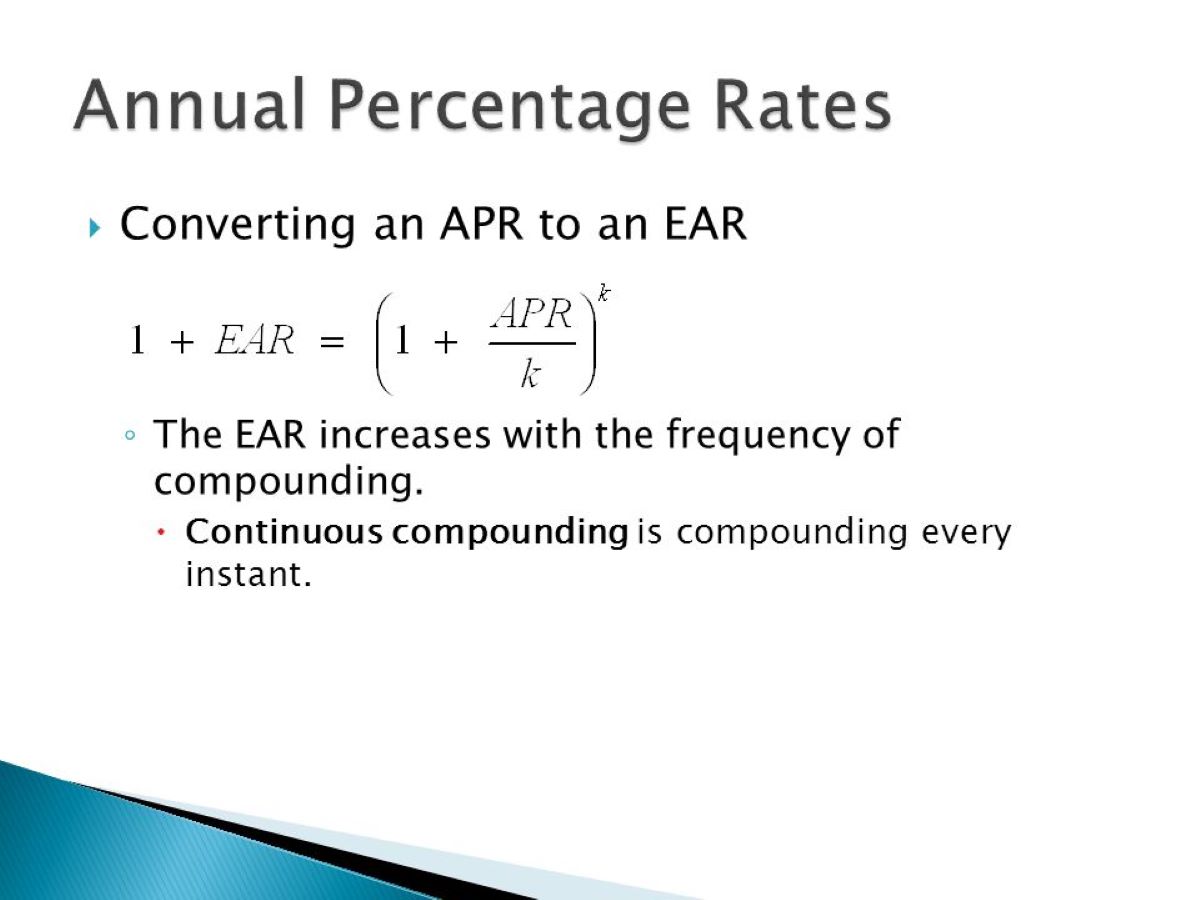

Finance
What Is USDA Funding Fee
Published: December 22, 2023
Discover what USDA funding fee is and how it affects your finances. Explore the details of this fee and understand its impact on your loan.
(Many of the links in this article redirect to a specific reviewed product. Your purchase of these products through affiliate links helps to generate commission for LiveWell, at no extra cost. Learn more)
Table of Contents
Introduction
Welcome to our comprehensive guide on the USDA Funding Fee. If you are considering a home loan through the U.S. Department of Agriculture (USDA), it’s important to understand the financial aspects involved. One such aspect is the USDA Funding Fee, which plays a crucial role in the loan process. In this article, we will delve into the details of what the USDA Funding Fee is, how it is calculated, its purpose, exemptions and exceptions, as well as how to pay it.
The USDA was established to promote rural development and improve the quality of life in rural communities across the United States. The agency offers home loans through its Rural Development program to help individuals and families with low to moderate incomes achieve the dream of homeownership. The USDA loans have several advantages, including low-interest rates, flexible credit requirements, and no down payment option.
While USDA loans offer significant benefits, it’s important to be aware of the associated costs. The USDA Funding Fee is one such cost that borrowers must factor into their budget. This fee helps to sustain and support the USDA loan program, allowing it to continue assisting rural communities in need.
Understanding the USDA Funding Fee and how it works can help borrowers effectively plan their loan application and prepare for the costs involved. In the following sections, we will explore the details of this fee, including its calculation, purpose, exemptions, and payment methods.
What is USDA Funding Fee?
The USDA Funding Fee is a one-time fee charged to borrowers who secure a home loan through the USDA Rural Development program. It is intended to offset the costs associated with administering the loan program and ensuring its availability to borrowers in rural areas.
The fee is calculated as a percentage of the total loan amount and is typically added to the loan balance. It is important to note that the USDA Funding Fee is separate from the upfront mortgage insurance premium (MIP) required for USDA loans, which serves a different purpose.
The specific percentage for the USDA Funding Fee varies based on factors such as the loan type and the down payment amount. Generally, the fee ranges from 1% to 2.75% of the loan amount. The exact percentage is determined by the USDA and is subject to change, so it’s crucial to check the current rates before applying for a USDA loan.
The USDA Funding Fee serves two primary purposes. Firstly, it helps to offset the costs associated with the administration of the loan program, including the processing and underwriting of applications. Secondly, the fee acts as a form of insurance for the USDA against potential default or non-payment by borrowers. This provides a level of protection for both borrowers and the USDA, ensuring the sustainability of the loan program for future borrowers.
It’s important to note that the USDA Funding Fee is generally required for all USDA loans, and it is not refundable. This means that even if you pay off your loan early or refinance, you will not receive a reimbursement for the funding fee paid.
Next, let’s explore how the USDA determines the specific amount of the funding fee and how it is calculated for borrowers.
How is USDA Funding Fee Calculated?
The calculation of the USDA Funding Fee is based on several factors, including the loan type, loan amount, and down payment. The fee is typically expressed as a percentage of the total loan amount and is determined by the USDA. Let’s take a closer look at how the funding fee is calculated.
For most USDA loans, the funding fee is calculated as a percentage of the total loan amount. The percentage varies depending on whether the loan is for a purchase or a refinance, as well as the down payment amount. The USDA Funding Fee rates are subject to change and should be confirmed at the time of your loan application.
Here is a breakdown of the funding fee percentages based on loan type and down payment:
- Purchase Loans with No Down Payment: 1% of the loan amount.
- Purchase Loans with a Down Payment: 1% of the loan amount.
- Refinance Loans: 1% of the loan amount.
It’s important to note that the down payment amount can have an impact on the funding fee percentage. For example, if you choose to make a down payment of 5% or more, the funding fee percentage may be reduced. The specific details and eligibility criteria for reduced funding fee rates should be discussed with your USDA-approved lender.
Once the funding fee percentage is determined, it is applied to the total loan amount to calculate the funding fee. For example, if you are taking out a purchase loan for $200,000 with a 1% funding fee, the fee would be $2,000. This amount is typically added to the loan balance and is amortized over the life of the loan.
It’s essential to consider the funding fee when evaluating the affordability of a USDA loan. While the no down payment option is advantageous for many borrowers, it’s important to factor in the additional cost of the funding fee.
Next, let’s explore the purpose of the USDA Funding Fee and why it is necessary for the loan program.
Purpose of USDA Funding Fee
The USDA Funding Fee serves several important purposes within the USDA Rural Development program. Understanding its purpose can help borrowers comprehend the significance of this fee and its impact on the loan process. Let’s explore the key purposes of the USDA Funding Fee:
- Funding Program Administration: One of the primary purposes of the funding fee is to offset the costs associated with administering the USDA loan program. This includes activities such as processing loan applications, conducting credit checks, and underwriting the loans. By charging a funding fee, the USDA ensures that the program remains adequately funded and can provide assistance to borrowers in rural areas.
- Sustaining the USDA Loan Program: The funding fee plays a critical role in sustaining the USDA loan program and ensuring its availability to future borrowers. By collecting this fee from current borrowers, the USDA creates a reserve fund that can be utilized for future loans. This helps to maintain the long-term viability of the program and extends its reach to rural communities in need.
- Risk Mitigation: Another purpose of the funding fee is to act as a form of insurance for the USDA against potential default or non-payment by borrowers. By charging a fee based on the loan amount, the USDA is able to mitigate the risk associated with lending and provide a measure of protection for both borrowers and the agency. This risk sharing helps to ensure the sustainability of the program and its ability to assist future homebuyers in rural areas.
- Supporting Rural Development: The primary objective of the USDA loan program is to promote rural development and improve the quality of life in rural communities. The funding fee plays a vital role in achieving this objective by generating revenue that is used for various initiatives, including infrastructure development, community improvements, and economic revitalization. Ultimately, the funding fee contributes to the overall goal of creating thriving rural communities across the United States.
It’s important to note that the USDA Funding Fee is a mandatory fee for most USDA loan borrowers. However, there are certain exemptions and exceptions that can apply in specific situations. In the next section, we will explore these exemptions and exceptions in more detail.
Exemptions and Exceptions to USDA Funding Fee
While the USDA Funding Fee is typically required for most borrowers obtaining a USDA loan, there are certain exemptions and exceptions that can apply in specific situations. These exemptions and exceptions provide relief from the burden of the funding fee for eligible individuals. Let’s explore some of the common exemptions and exceptions to the USDA Funding Fee:
- Veterans and Active Duty Military: Borrowers who are veterans of the U.S. military or on active duty may be exempt from paying the USDA Funding Fee. Instead, they may be eligible for funding fee waivers or reductions through other programs such as the VA Loan program. It’s important to check with your lender and explore all available options if you fall into this category.
- Refunds for Overpayments: In some cases, borrowers who have already paid the full USDA Funding Fee upfront but later refinance their USDA loan may be eligible for a partial refund of the funding fee. This refund is only applicable if the new loan is also guaranteed by the USDA and meets certain criteria. It is advisable to consult with your lender and familiarize yourself with the specific requirements for potential refunds.
- Assumptions: If the borrower assumes an existing USDA loan, they are not required to pay the funding fee. Instead, the funding fee remains with the original borrower, and the assumption simply transfers the loan to the new borrower.
- Exceptions for Low-Income Applicants: In certain cases, borrowers with very low incomes may be able to qualify for a reduced funding fee or an exemption. These exceptions are typically based on income thresholds and are designed to assist those who may face financial hardships in paying the full funding fee amount.
It’s important to note that the availability of exemptions and exceptions to the USDA Funding Fee may vary and depend on individual circumstances. It’s advisable to consult with your USDA-approved lender to determine if you qualify for any of these exemptions or exceptions.
Now that we have explored the exemptions and exceptions, let’s shift our focus to the payment process for the USDA Funding Fee.
How to Pay USDA Funding Fee
Paying the USDA Funding Fee is an essential part of obtaining a USDA loan. The fee is typically added to the loan amount and is amortized over the loan’s term. It’s important to understand the payment process to ensure timely and accurate payment. Here’s a step-by-step guide on how to pay the USDA Funding Fee:
- Consult with your USDA-approved lender: Your lender is your primary point of contact for guidance on the payment process. They will provide you with the necessary information and instructions on how to pay the funding fee specific to your loan.
- Include the funding fee in your loan amount: The funding fee is generally added to the loan balance, which means it is financed as part of the loan amount. By including the fee in the loan, you can spread out the payment over the loan’s term.
- Amortize the funding fee: The funding fee, like the loan amount, is amortized over the life of the loan. This means that it will be divided into monthly payments and included in your monthly mortgage payment. The specific amount will depend on the loan terms, interest rate, and loan duration.
- Prepare for closing costs: In addition to the funding fee, there may be other closing costs associated with your USDA loan. These can include appraisal fees, title insurance, and other fees. It’s important to budget for these costs and prepare accordingly.
- Understand the non-refundable nature of the funding fee: The USDA Funding Fee is non-refundable, even if you pay off your loan early or choose to refinance. Therefore, it’s important to consider this fee when evaluating the total cost of your loan and assessing its affordability.
Remember, it’s crucial to stay in communication with your USDA-approved lender throughout the loan process. They will guide you through the payment process, provide you with the necessary payment instructions, and answer any questions or concerns you may have.
Now that we have covered how to pay the USDA Funding Fee, let’s recap the main points discussed in this article.
Conclusion
Understanding the USDA Funding Fee is important for anyone considering a home loan through the USDA Rural Development program. This one-time fee helps to sustain the loan program, offset administrative costs, and provide a measure of insurance for both borrowers and the USDA. While the funding fee is a mandatory cost for most borrowers, there are exemptions and exceptions that may apply in certain situations.
Calculating the funding fee involves determining the loan type, loan amount, and down payment. The fee is expressed as a percentage of the total loan amount and is added to the loan balance. It’s crucial to consider the funding fee when evaluating the affordability of a USDA loan and planning your budget.
The purpose of the USDA Funding Fee is to support rural development, maintain the loan program’s availability, and mitigate risks associated with lending. By paying the fee, borrowers contribute to the development and improvement of rural communities across the United States.
To pay the funding fee, borrowers work closely with their USDA-approved lender. The fee is typically included in the loan amount and amortized over the loan term. It’s important to communicate with your lender to understand the specific payment process and ensure timely payment.
In conclusion, the USDA Funding Fee is a vital financial component of the USDA Rural Development program. By understanding its purpose, calculation, and payment process, borrowers can make informed decisions and navigate the loan application with confidence. If you’re considering a USDA loan, consult with a knowledgeable USDA-approved lender to ensure a smooth and successful homebuying process.














